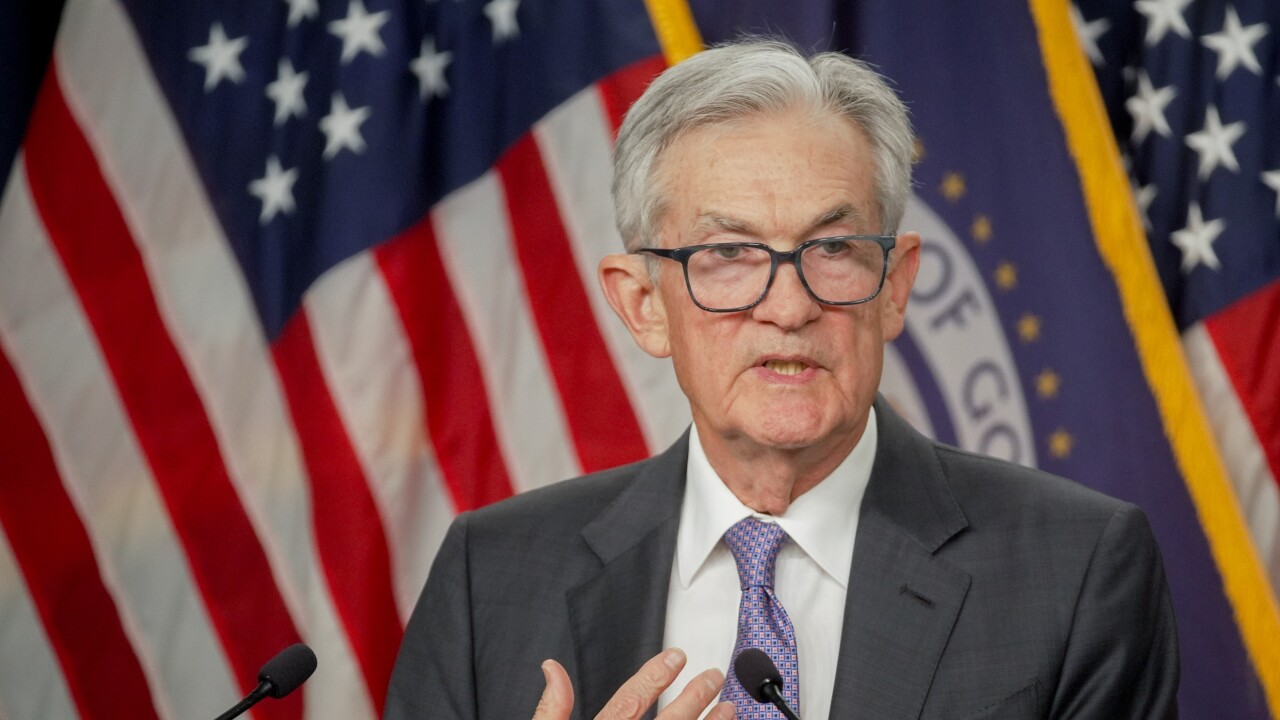Banks of all sizes continue to invest in mobile technology; however, don’t count on 2018 being a banner year for mobile banking growth.
True, researchers are predicting that one out of every two adults in the world will be using a smartphone, tablet or smartwatch to access financial services by
Three of the largest U.S. banks — Bank of America, JPMorgan Chase and Wells Fargo — have seen a gradual decline in growth of active mobile banking users since 2012,

To get back to double-digit mobile banking growth, banks must tap into the almost half of smartphone owners who have never conducted a mobile
Fear of technology, fear of banks, fear of loss of privacy, fear of complexity and even fear of revealing one’s technological ignorance are factors that have slammed the lid on mobile growth.
Until banks mount an aggressive educational program to address customer fears, mobile banking growth will remain stifled.
In a 2016 Federal Reserve
While identity theft is among the hang-ups keeping people from using mobile banking, technology as a broad category is another reason. Indeed, technology only trailed natural disasters i
Consumers also hate complexity. For many customers, mobile banking seems too complicated; they want simple experiences. Driving to a branch to make a deposit might take more time than firing up an app, but it’s a familiar journey that baby boomers have been doing for years. Now, instead of the familiar, mobile banking apps require them to double authenticate their identity and to perfectly photograph both sides of a check to make a deposit.
To respond to these consumer apprehensions, the first step is for banks to recognize they exist and are inhibiting mobile banking growth. Next, bankers must reassure customers that mobile banking can be simple, perhaps, literally taking branch visitors by the hand for a show-and-tell of a mobile banking app. This can be done by staff members intercepting customers in lobbies and offering them a $10 account deposit for sitting through a mobile banking demonstration, for instance. Some banks conduct mobile banking classes, other banks put videos in lobbies and on websites, and some even emulate Apple’s Genius bar to train in-branch
Regardless of approach, conquering consumer fears requires the same commitment to education that banks have given to acquiring technology. In fact, educating consumers on digital banking is likely the only way banks will get to the next level of growth.





